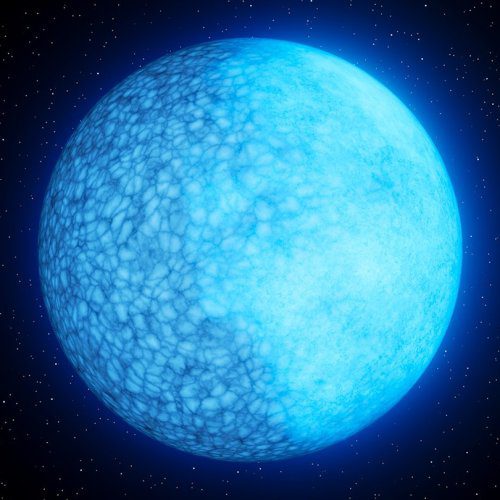Recently, astronomers made a discovery that shook up everything we thought we knew about white dwarfs, finding a very unusual specimen: a white dwarf that appears to have one side composed of hydrogen and the other of helium. What is his name? Well, it's obvious.
The Discovery of Janus
This two-faced white dwarf has been nicknamed Janus, after the two-faced Roman deity. Scientists examined Janus using data from two observatories, Caltech's Palomar in San Diego and the W. M. Keck Observatory on Maunakea, Hawaii.
Imagine a celestial body rotating on its axis every 15 minutes, allowing researchers to observe both sides of it. A celestial body with two completely different faces. On one side, a bright surface of hydrogen. On the other, a helium surface, which appears as if bubbles of gas rise from its depth.

Ilaria Caiazzo from Caltech, a Piedmontese astrophysicist and principal investigator of the study, described the surprising nature of Janus: “The surface of the white dwarf changes completely from side to side. When I show the observations to people, they are speechless.”
An unexpected phenomenon
The "double-faced" nature of this white dwarf could be due to the fact that Janus is going through a particular evolutionary phase.
Caiazzo itself explains: “Not all, but some white dwarfs transition from a hydrogen to a helium dominance on their surfaces. We may have intercepted a white dwarf during this transition.”
Why this evolution should manifest itself so clearly is still a mystery. Scientists believe it could be related to the magnetic fields of the white dwarf. These fields could be asymmetrical or could alter the pressure of gases in its atmosphere.

“Two-faced” White Dwarf: looking for answers
To better understand this remarkable discovery, the researchers intend to look for other Janus-like objects as part of the observation.
The research, which has the potential to rewrite textbooks on stellar evolution, was published in the prestigious journal Nature (I link it to you here).


